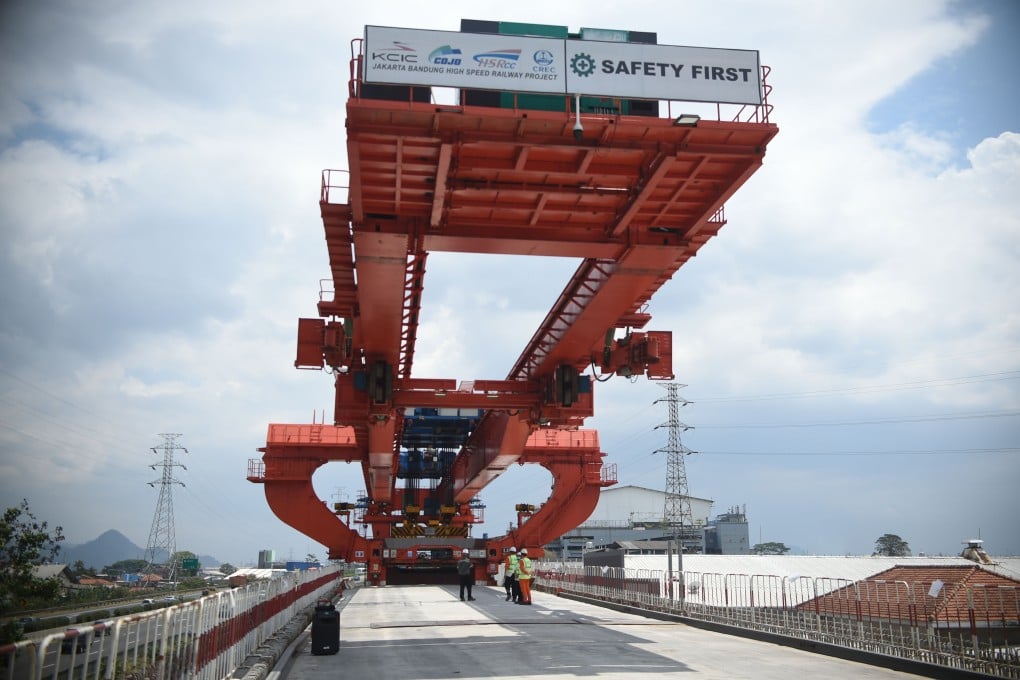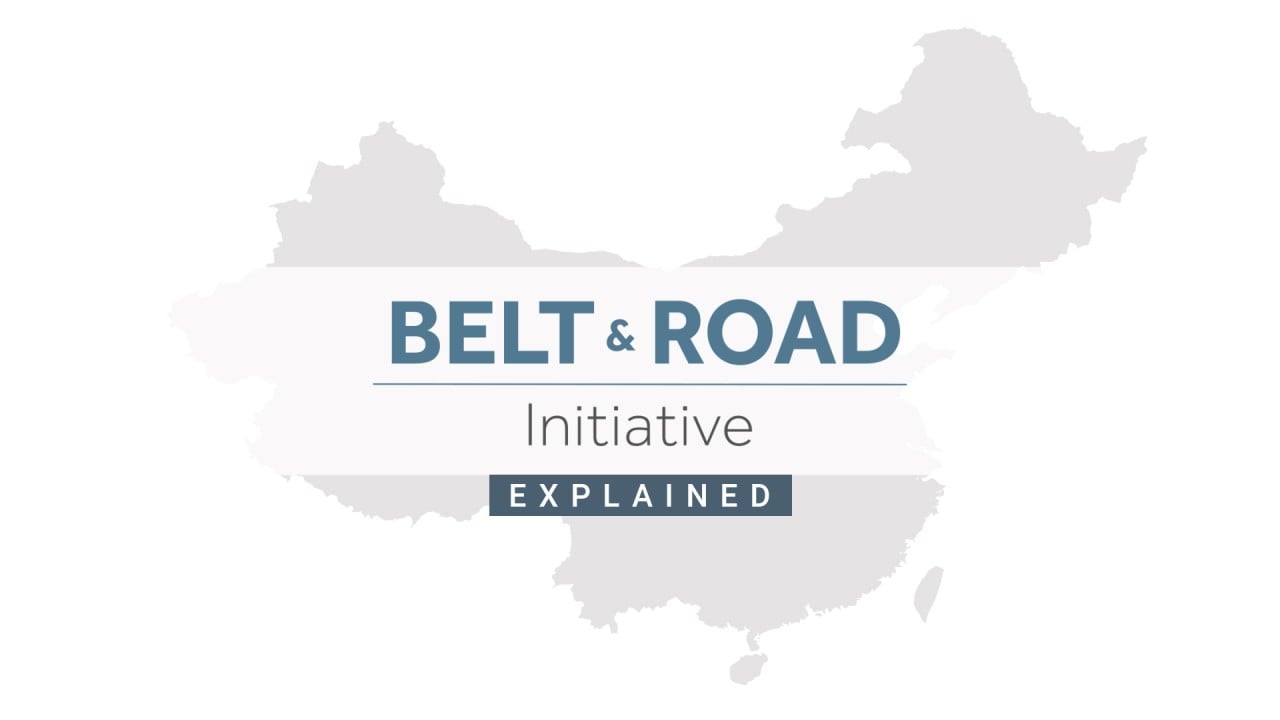Opinion | China must listen to those directly affected by its belt and road projects to do the most good
- The concerns of people living near belt and road projects are rarely heard by Chinese policymakers and investors. Stakeholders need to walk into the villages and listen to what the locals have to say, for real people-to-people connectivity to happen

The “water and boat” metaphor is often used in China to refer to the relationship between the people and the government. About 2,500 years ago, Chinese philosopher Xunzi, writing about governance, said that “people are the water while the rulers, the boat. Water can support the boat, or overturn it.”
According to the 2019 China Outbound Direct Investment Statistical Report, China’s total investments in belt and road nations reached US$117.3 billion. As of the end of 2019, more than 27,500 Chinese investors had established 44,000 direct investment enterprises in 188 countries and regions.

02:35
Belt and Road Initiative explained
Their testimonies are presented in the new book Belt and Road Through My Village. It covers seven major projects in these five countries that affect some 15 million people.

